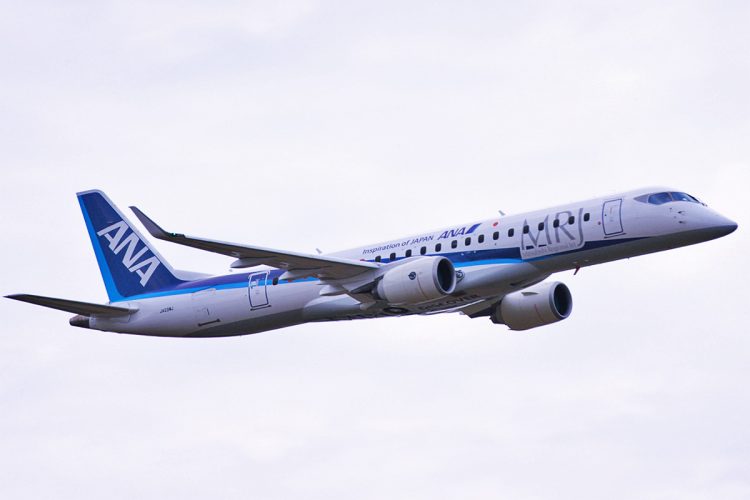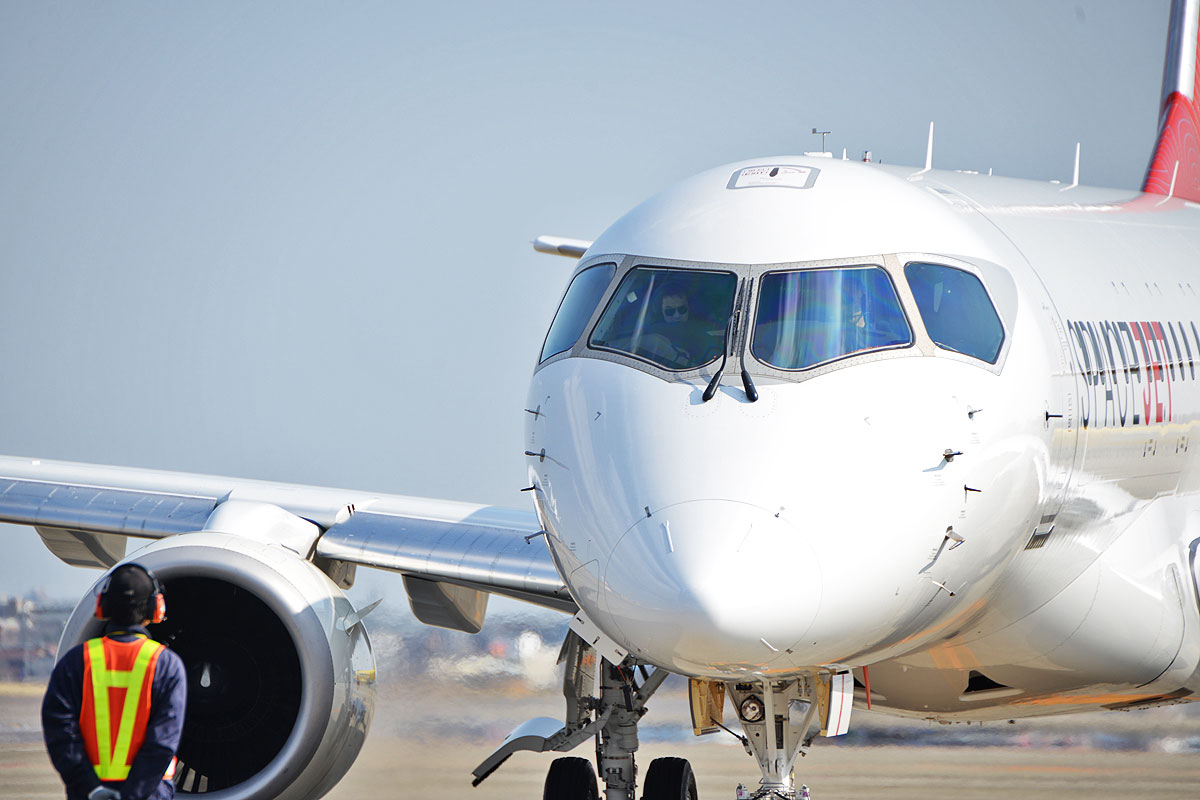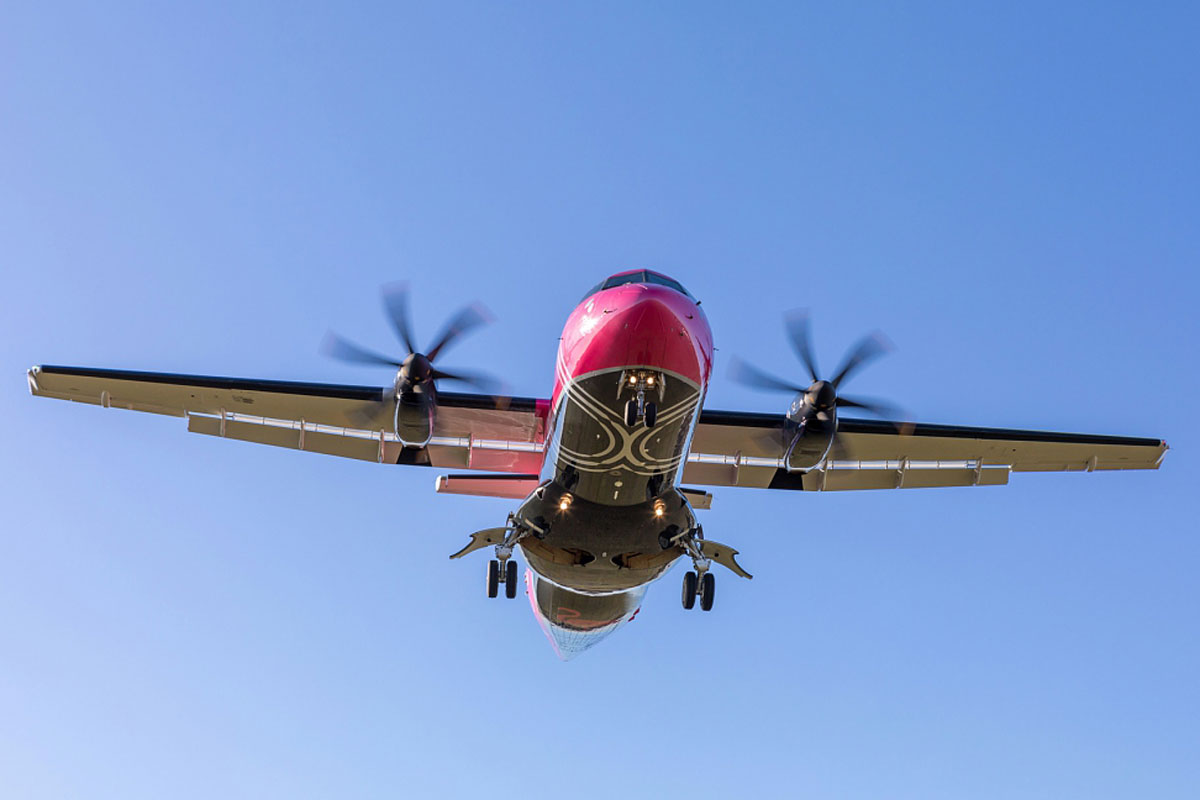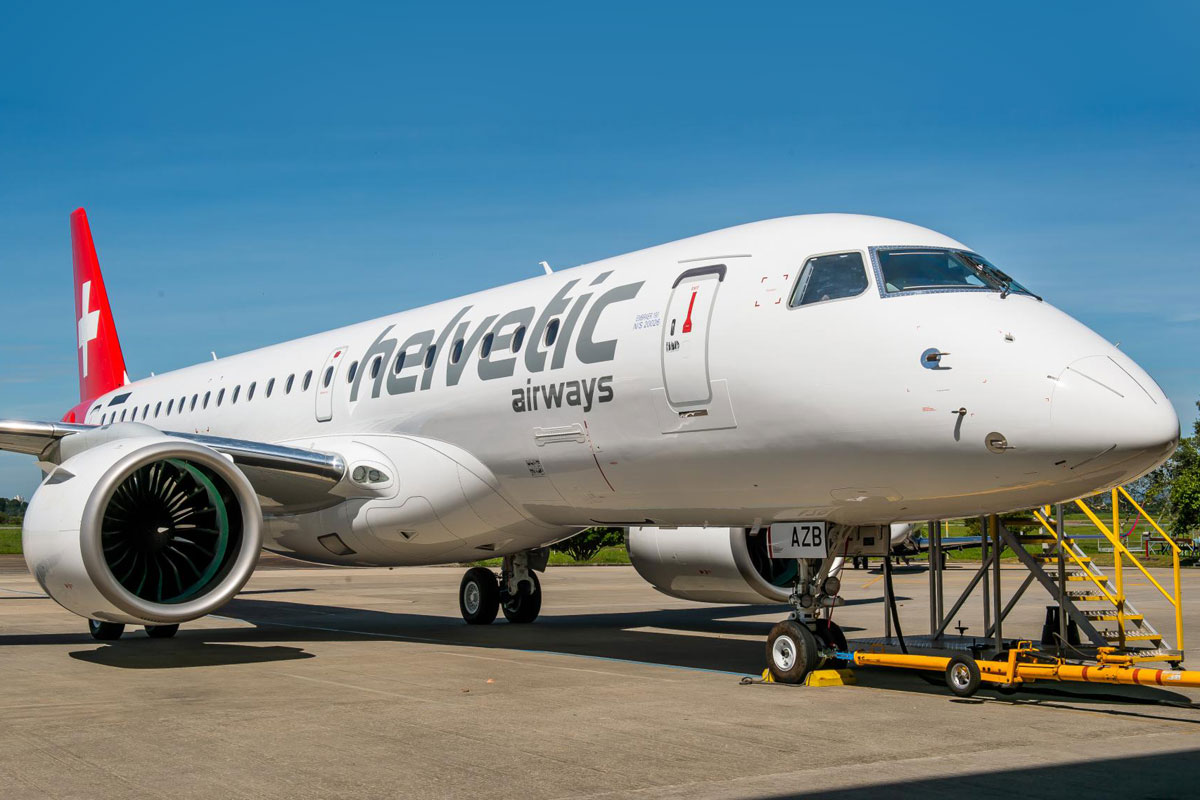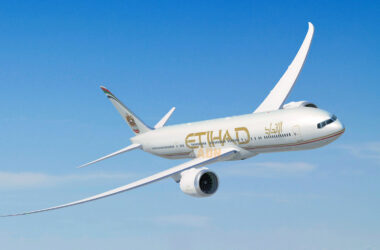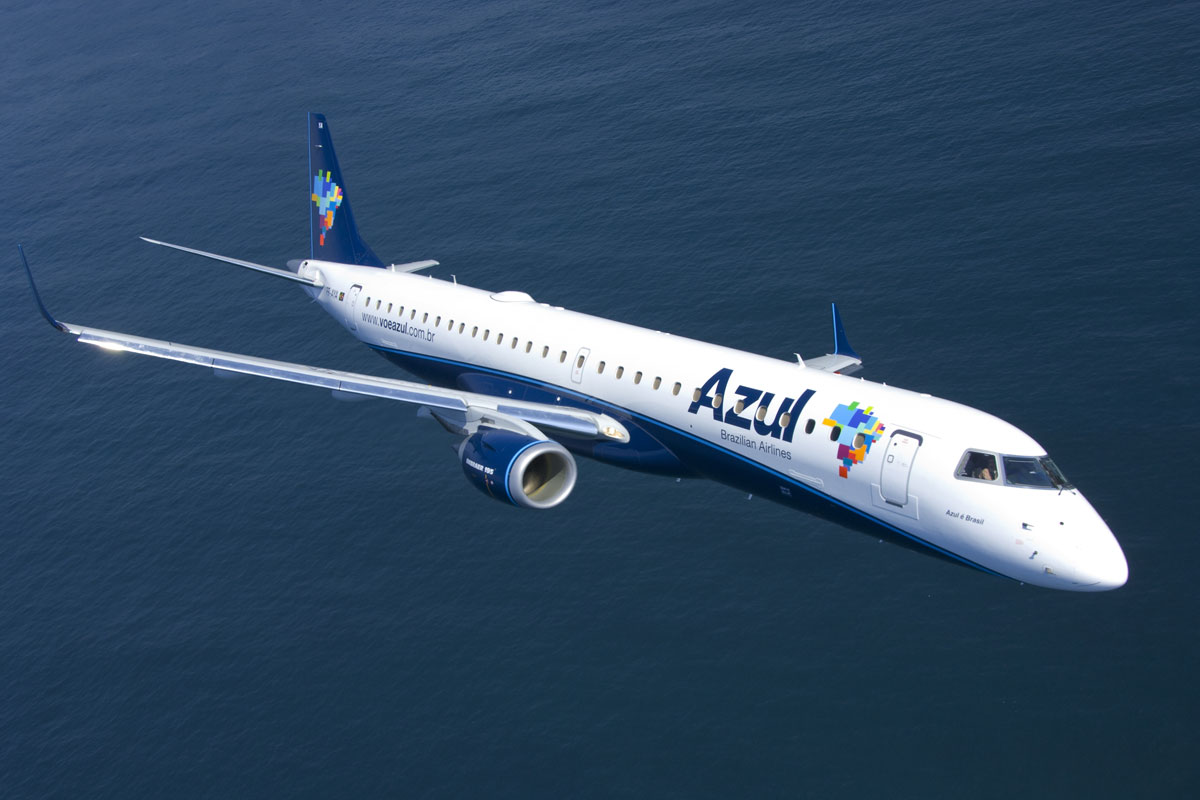One year after relaunching the MRJ program as SpaceJet, Mitsubishi Aircraft will rethink the development of the M100 model, with a capacity for 70 passengers. The reason has to do with the immense financial losses recorded by the company in the last fiscal year.
From a loss of $790 million in 2018, the regional aviation division reached $2.45 billion in the year ended in March, or three times as much. Speaking to the Flight Global website, Mitsubishi Heavy Industries said it would be necessary to analyze the global aviation scenario after the pandemic in order to determine the feasibility process for the SpaceJet M100.
The cuts in the program will bring the budget for the next fiscal year to $558 million. Mitsubishi has also admitted that the entry into service of the SpaceJet M90, the first version of the regional jet, will delay again. Before scheduled for 2020, the delivery of the first aircraft to All Nippon Airways should take place in April 2021 or even later.
The acquisition of the commercial rights of Bombardier’s CRJ program also affected Mitsubishi’s results. Announced in 2019, the deal will be closed in June, the two companies reported last week.
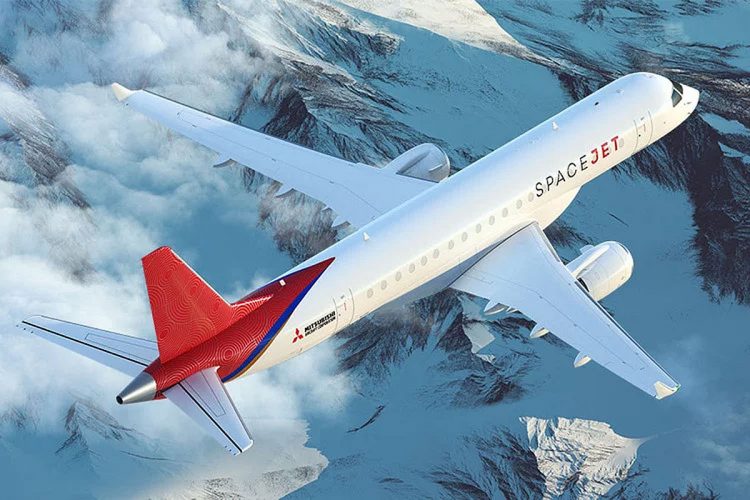
Numerous delays
The SpaceJet program was originally launched in 2003 as the Mitsubishi Regional Jet (MRJ) with support from the Japanese government that intended to create an indigenous passenger aircraft, something the country has not had since the 1960s with the NAMC YS-11 turboprop, but which had little demand.
Since then, the first version, MRJ90 (currently M90), with a capacity for 90 seats, has experienced numerous delays in its development that culminated in the review of the project in 2019.
In addition to changing the aircraft’s name to SpaceJet, Mitsubishi abandoned plans for the MRJ70, a smaller jet, to focus on the M100, which would meet the scope clauses of US airlines, the model’s main market.
Prior to this week’s announcement, Mitsubishi estimated to put the M100 into service in 2023.
